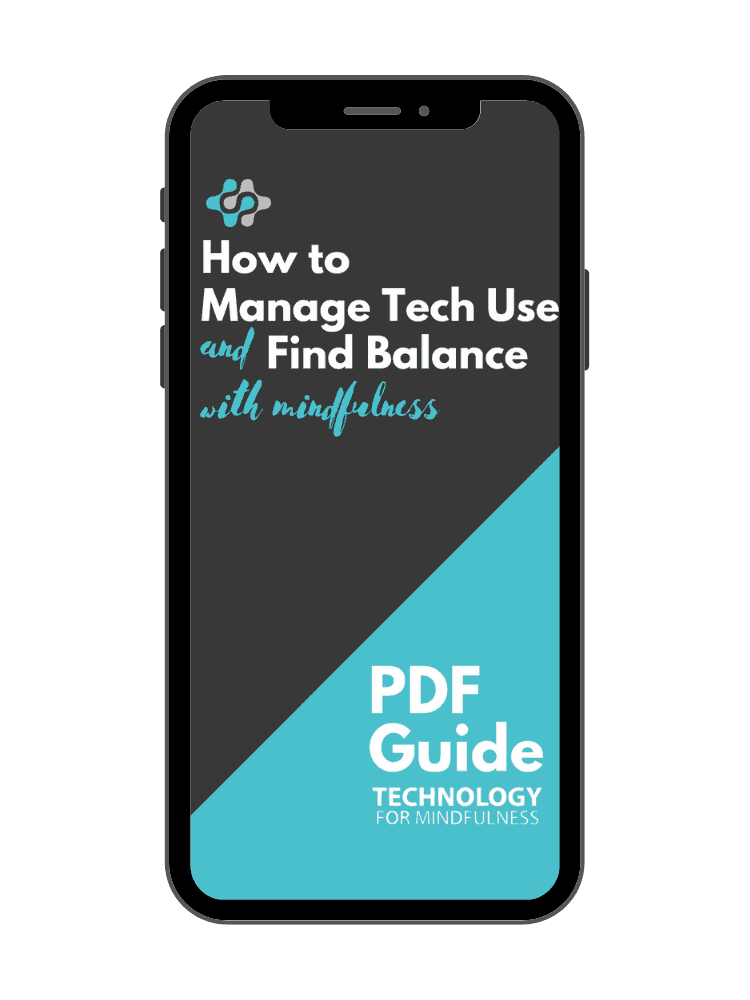
Turning Off Your Work Mind
Do you find that it’s hard to turn your work mind off even after you stop working? Is the “end of the work day” concept foreign to you because you keep your nose so close the grindstone? Many of us find ourselves in this situation, particularly with smartphones, laptops, and mobile internet enabling us to stay connected at all times.
Those of us who work from home can find it especially difficult to create boundaries between work and personal life. Here are some suggestions for doing just that.
1. Try to develop a regular work schedule.
This allows you to get into the habit of starting and stopping work at certain times of the day. It doesn’t have to be a traditional schedule. Just find what works for you. It can even include several different periods of work on different days. The key is doing your best to schedule certain regular times for starting and stopping work, creating a habit in your mind through repetition.
2. Develop starting and ending work habits/rituals.
These are certain actions that you perform and thoughts that you have to transition your mind into and out of work mode. They could be as simple as stopping and pausing for 5 or 10 seconds and thinking about what you’re going to transition into. You might say it out loud or in your mind to engage your focus. It could be something as simple as arranging things on your desk or simply starting work. No matter the tasks, these should help you make the mental transition to and from work.
Rituals are found in
several other traditions. For instance, when you walk into a Japanese martial arts school, you pause and bow at the threshold before entering. At the beginning of each class, there is also a bowing ceremony. I was always taught that one of this ritual’s purposes is to help us reach a more focused mental state.
These tips have something in common: They help to create and enforce mental boundaries between work time and non-work time. I think these boundaries have always existed, but it’s particularly important these days to intentionally create them because they’re missing in the way that many of us work. Technology makes information and communication available to us at all times and in all places.
Many of us can work without going into an office, with different people, and on different projects. Obviously, this situation suffers from a lack of boundaries.
If we want to have them in our lives, we have to create them ourselves through force of habit.
Here’s another resource that could help: Shutdown Rituals: Leave the Work Stress at Work.
